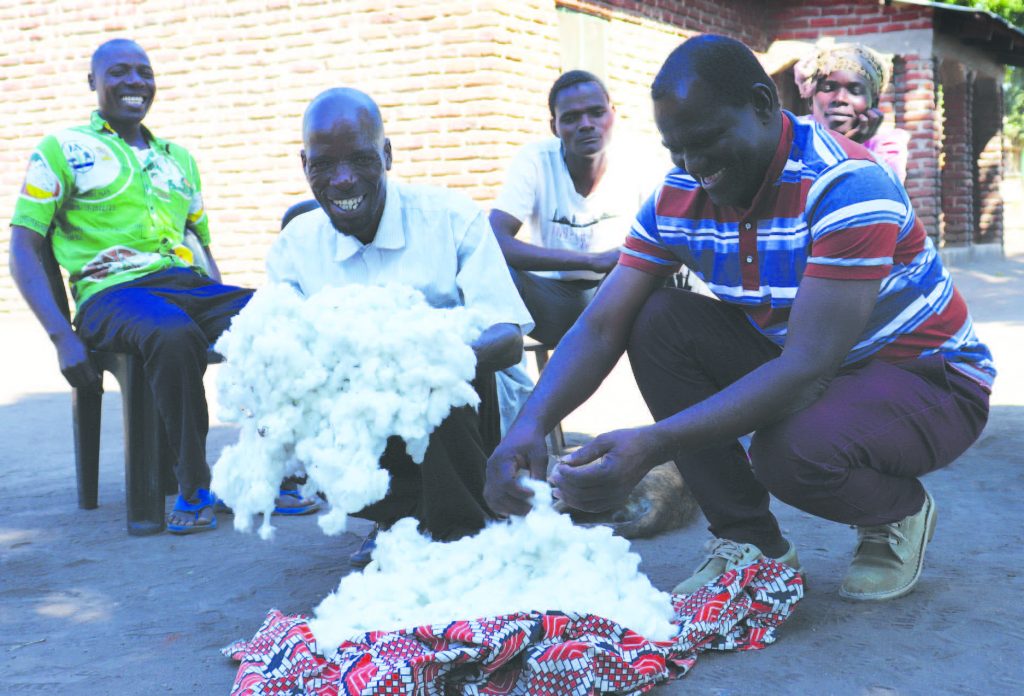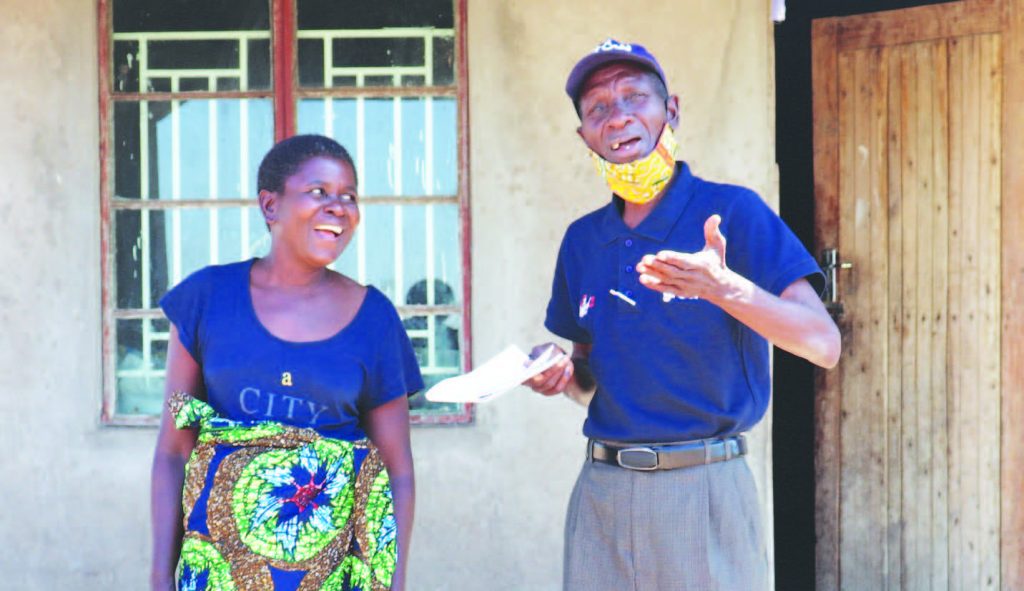As cotton yield grows, farmers feel neglected
They got lured into growing the new but expensive cotton variety after all the talk and demonstrations by scientists that they would yield more than farmers clinging to traditional seeds.
With all the scepticism, the growers gave the science a chance and this is a second year with BT cotton.

Their experience has been as impressive as promised—higher yields, drought-tolerant and not so prone to pests—but cotton markets remain a spring too far.
“We took a gamble, but the science has proved true. BT cotton is simply the seed that every farmer must consider. With the poor rains experienced last growing season, I harvested more than what I expected,” says Francis Thole, 71, a lead farmer in Ngabu, Chikwawa.
He has been growing cotton since 1968. Thole and several farmers participated in field trials for BT cotton.

The grower now runs a demonstration garden to convince onlookers to embrace the new technology.
His gospel might have converted many as the growers of BT cotton in the Shire Valley district has risen from about 1000 to over 6 000 since the rollout in 2020.
Apart from yielding almost thrice as much local varieties, the new seeds are resistant to bollworms—a common cotton pest controlled by frequent sprays.
“In the previous growing season, I sprayed my one and a half acre cotton field just three times. Previously, I would spray six times,” brags Kiliness Chisamba, a farmer in Traditional Authority Maganga in Salima.
Neglected
In November 2019, the government released genetically modified cotton seeds for commercial cultivation after years of laboratory and field trial.
The policymakers envisioned the new varieties helping farmers produce high quality cotton with little inputs.
The BT cotton varieties are doing exactly that.
However, the farmers feel neglected.
While they are happy with the new varieties—ollgaurd2 and Mahyco—they are frustrated with poor market prices.
“The prevailing prices do not adequately compensate for the inputs and quality of our cotton. The new seeds are expensive,” says Chisamba.
The varieties produced and distributed by Quton cost K22 000 per kilogramme (kg)compared to local varieties that sell K1 000 per kg.
“We don’t understand what is happening. The government introduced us to the improved varieties and now we produce high quality cotton, yet prices have not improved. This cotton is worth K700 a kg, but we are selling at just about K300,” laments Antonio Yesaya, chairperson of Minyali Secondary Cooperative.
Minyali Cooperative has secured a loan from Afrisian, its sole buyer, to procure seed and other inputs for the farmers.
Call for subsidy
Yesaya asks the government to subsidise cotton seed as is the case with maize and legumes under the multibillion-kwacha Affordable Inputs Programme.
“Government claims that cotton is a strategic crop, yet it sets very low prices and does not have any will to help us get the prices we deserve,” he states.
The farmer calls for an end to a system where a single buyer is allocated a zone.
“They must liberalise the market and allow competition to end the slavish prices and exploitation buyers inflict on us,” Yesaya states amid applause from fellow members.
Charles Jofilisi, one of the members, questions the relevance of the Cotton Council of Malawi, which gets K20 for every kg sold by cotton farmers like Yesaya.
He asks: “What does cotton council use this money for?
“We expect the council to amplify our voice and fight for us, but it seems we are all alone. Surprisingly, the council usually sides with ginners—not farmers.
During Bingu wa Mutharika’s presidency, he would dictate prices. We had a leader who cared about farmers.”
In 2011, Bingu raised cotton prices from K180 to K250 a kg.
Jofilisi recalls that the prices last jumped to K400 in 2019.
“For two years, we have been selling at as low as K300, yet we have invested in the new variety which produces high quality. Isn’t this discouraging?” he asks.
Ministry of Agriculture spokesperson Gracian Lungu says the new hybrid variety has reduced the cost of production but increased the quality and yield.
He explains that while the government had set the farm gate price at K320 per kilogramme, the farmers are free to bargain for more.
“Through the cotton council, we are trying to breed this hybrid so that in few years, this variety can be found everywhere at an affordable price compared to the price being offered on the market now as this variety is imported,” Lungu explains.
Any reforms?
He said the government has identified a ginner ready to buy at least 40 000 metric tonnes of cotton.
The publicist reckons that processes are at an advanced stage for the State-owned Agricultural Development and Marketing Corporation (Admarc) to open a textile division that will produce lint for export and local use.
“These two developments will provide a reliable market to farmers in the coming season,” he says.
The country produces about 15 000 MT
of cotton per year against a ginning capacity of 600 000 MT.
Having allocated K1.6 billion to the cotton sector in the 2011/12 financial year, Malawi produced a record 100 000 MT in that year.





